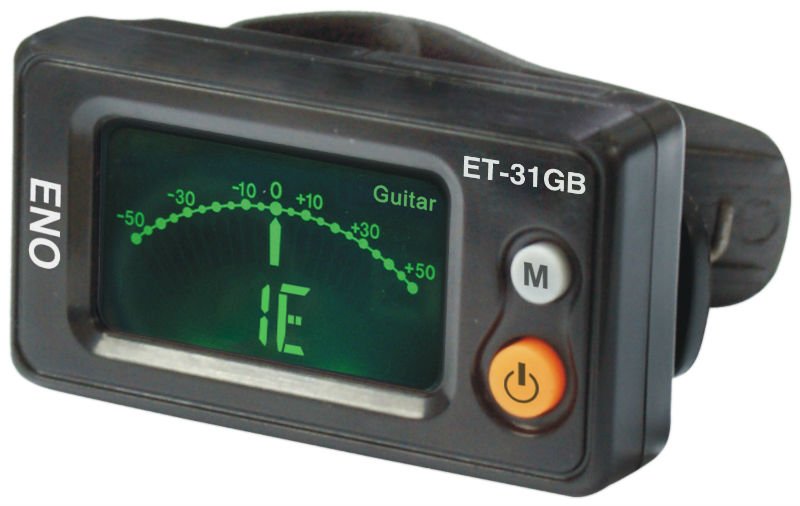
To pluck your D string, remove the fourth string and adjust its tone. If you downtune your low E (the fifth string), your D string will be an octave lower than your low E. You can tune your low E string to Drop D by ear if you don’t have access to a tuner. This can be accomplished with a physical or online tuner, or it can be accomplished by using another instrument to tune in your ear. Tuning your bass strings to CGCFA is simple, and tuning your strings to CGCF is simple for basses with 4- string strings. It adds a lot of volume to the bass, resulting in a lot of “heavy” sounds.

What is drop D tuning? The tuning technique for dropping D is to lower the E string a whole step down to D, resulting in a fifth note below the next highest string. The strings on a bass tuned to drop A are the same as those on a bass tuned to B standard if the strings are tuned to A, the bass becomes an A-E-A-D, and if the strings are tuned to A, the bass becomes an A-E You will develop an ear for different tunings and finger dexterity as you practice and wait for the right tuning. It is common to tune each string at four notes higher than the one preceding it, making it a fourth note higher than the one before it. The tuning of Drop D is used on nearly all of Nirvana’s songs, including All Apologies and Everlong, and on Foo Fighters’ songs, including ACDC’s With Drop D tuning, it can be used in a variety of aggressive-sounding genres, including rock, heavy metal, and punk. Heavy metal bands such as Hatebreed and Avenged Sevenfold utilize it to create a heavy and melodic sound. Drop D tuning became popular in the 1980s with Van Halen, and it has remained popular ever since. Although drop D tuning is popular in a variety of genres, it is most commonly heard in rock and heavy metal.
#DEDICATED BASS TUNER FULL#
By tuning your guitar to Drop D, you can drastically increase its range to a full octave lower.Īs a result, singers with lower voices can easily hit the correct notes while playing the music. Strings A through D are joined by strings B through E (most string). The string E is the lowest in the string. You would tune your strings to the following in Drop D tuning. In traditional standard tuning, the strings are used from the lowest to the highest. The pitch of the low E string is altered by just one step, and the tone of the low E string is adjusted by a full step. You can learn drop D tuning from any number of methods, making it one of the easiest tunings to master.
#DEDICATED BASS TUNER HOW TO#
If you’re interested in trying out this alternate tuning, here’s how to tune a bass guitar to drop d. In fact, many popular songs have been written in drop d tuning.

While drop d tuning is most commonly associated with heavy metal and rock music, it can be used for any genre. This can be done by detuning the string or, if you have a guitar with a Floyd Rose-style tremolo system, by using the tremolo to lower the pitch. This alternate tuning is achieved by lowering the pitch of the sixth string one whole step, or two frets, to a D.

Perfect for basses with more strings, such as 5-string or 6-string models, the AW-LT100B also features a strobe mode which delivers ultra-high-precision tuning with an accuracy of ☐.1 cent. This Korg clip-on tuner has a chromatic mode with a dedicated circuitry that boosts the detection sensitivity in the ultra-low frequency range below 100Hz. The AW-LT100B tuner is specifically designed for use with basses. Offering unparalleled cost-effectiveness, these AAA alkaline batteries are easier to purchase and feature a higher capacity which allows you to use the AW-LT100B for an extended time of up to 100 hours without having to replace the battery. The new Korg AW-LT100B tuner is powered via a single AAA battery instead of the button cell batteries that many previous clip-on tuners use.

Full Description View Full Description Powered via a Single AAA Battery


 0 kommentar(er)
0 kommentar(er)
